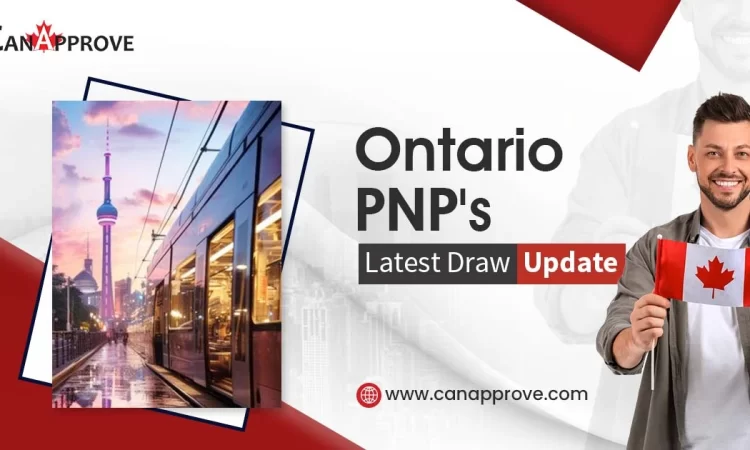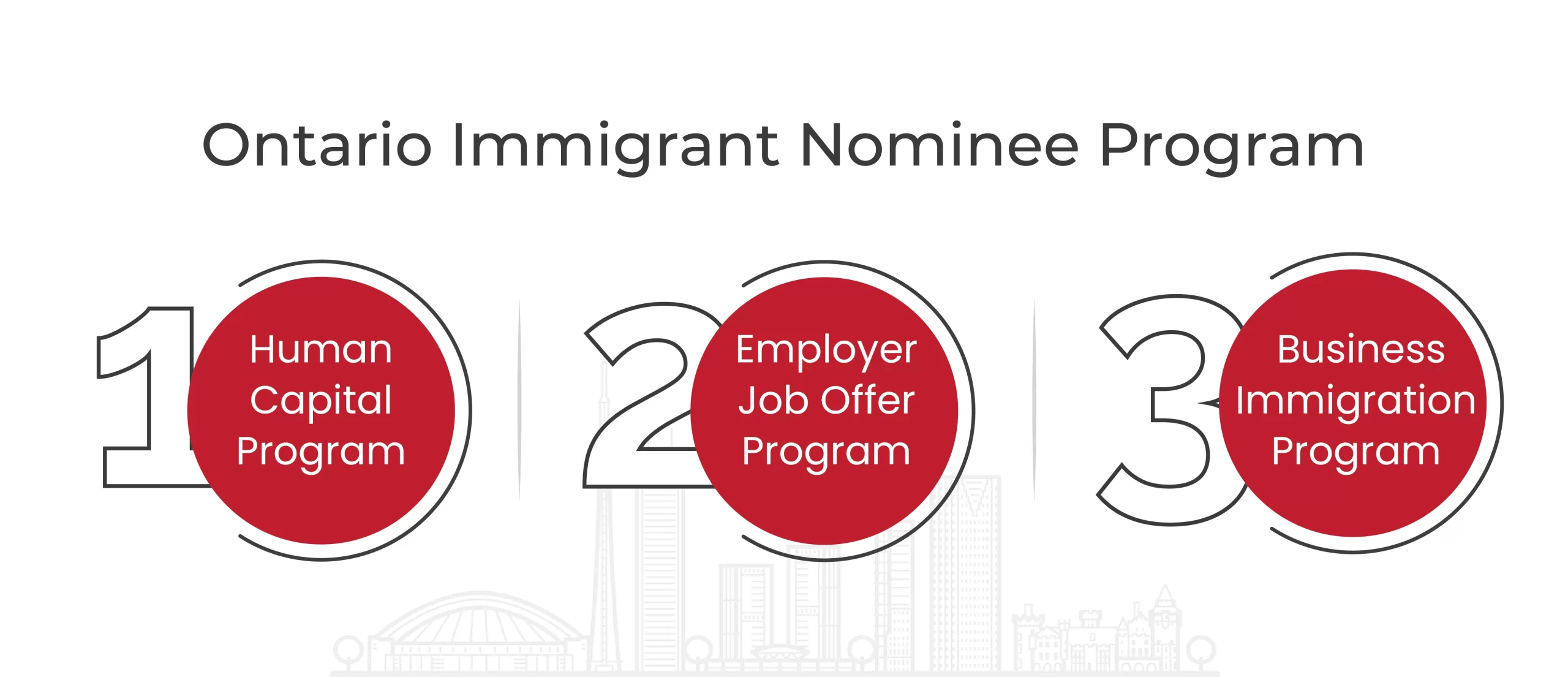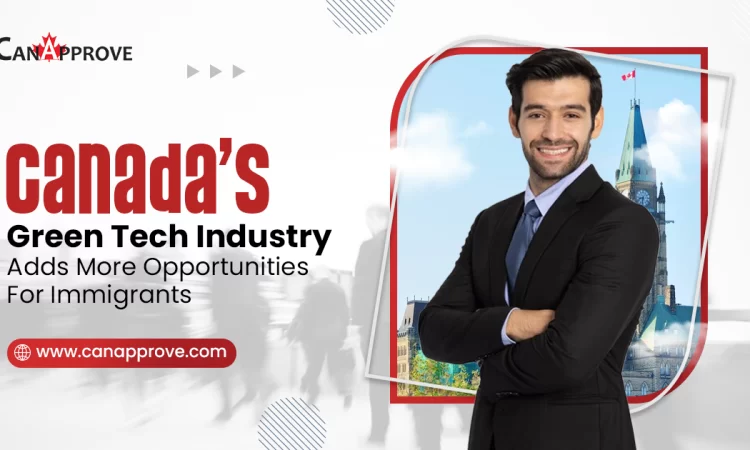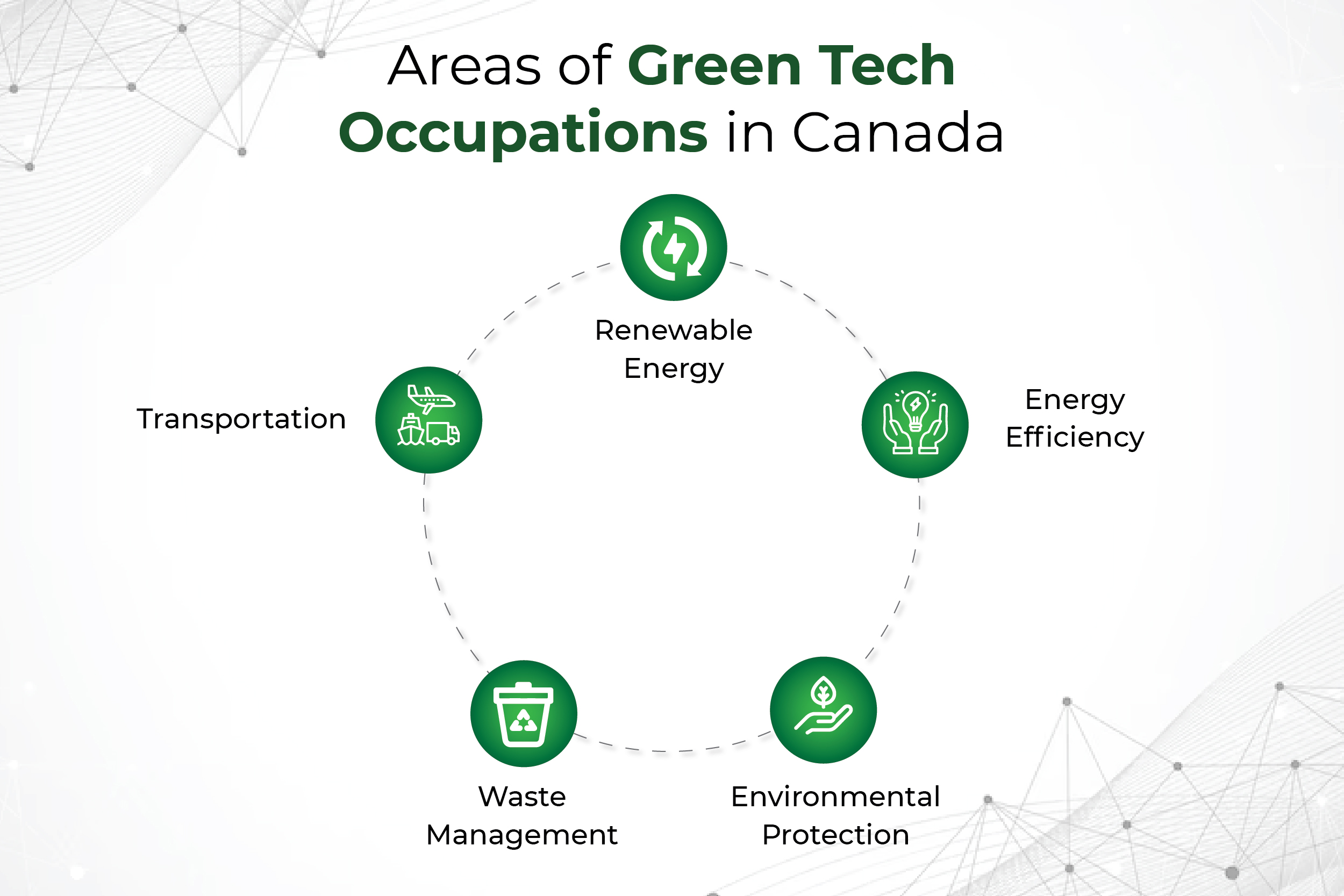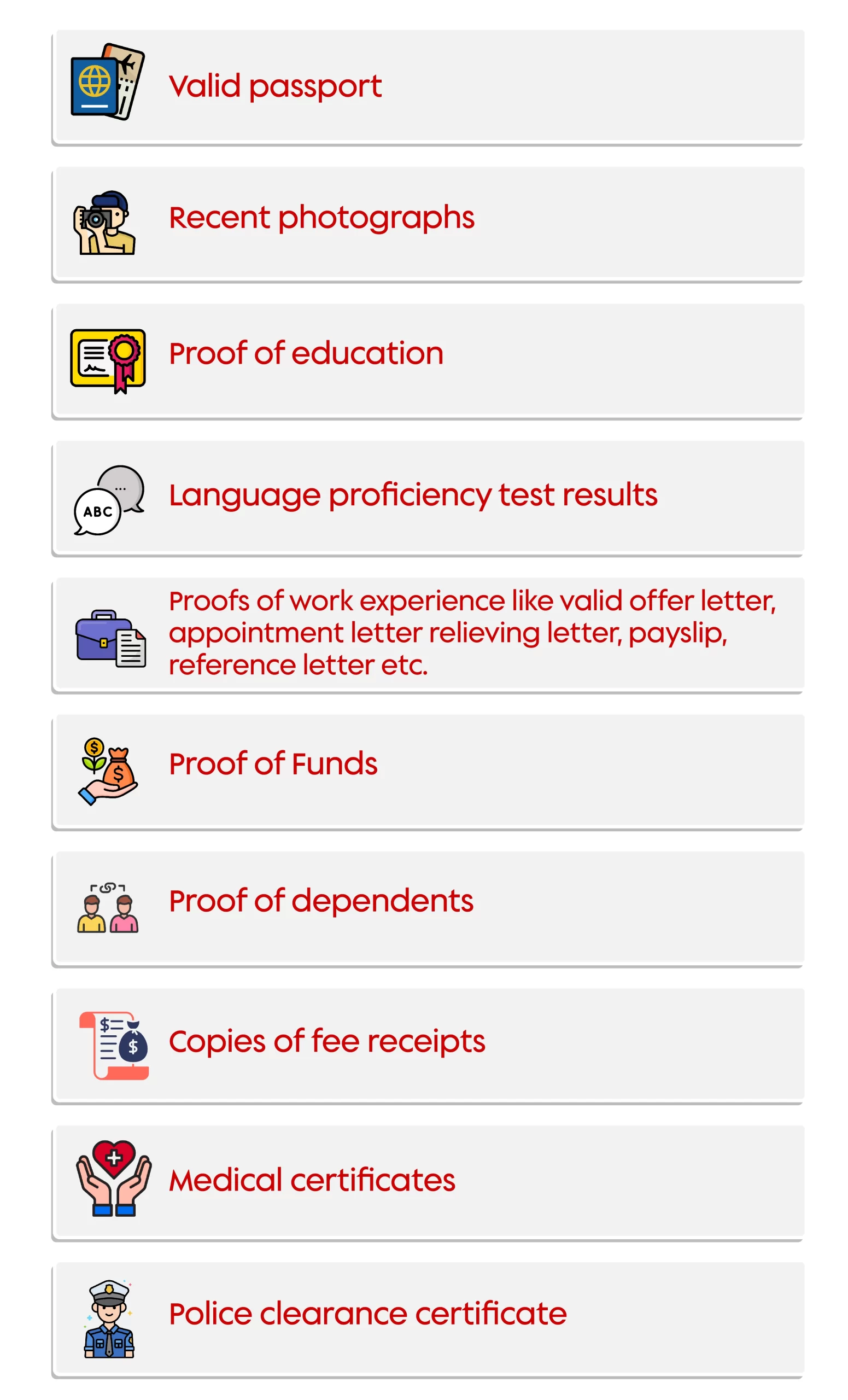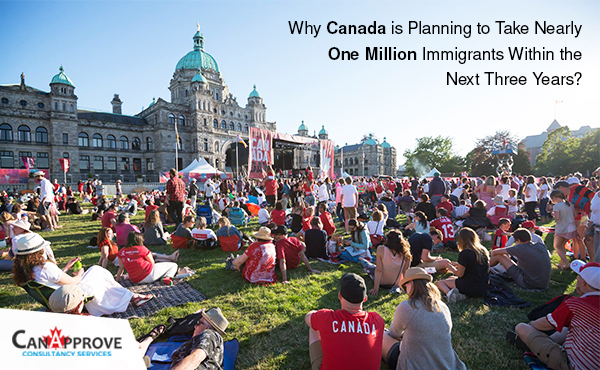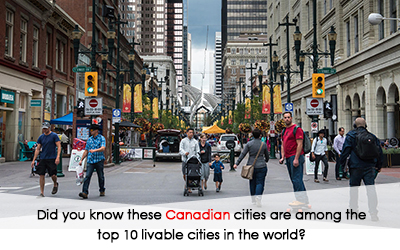Canada recently witnessed a historic shift in its demographics, with millennials now surpassing baby boomers in population for the first time, according to a new Statistics Canada report. This transformation is largely driven by a surge in immigration, particularly among young adults.
The report highlights several key trends:
1️⃣Millennials, aged 23-39, currently hold the largest demographic share at 23%. Between July 2022 and July 2023, their population increased by over 457,000, exclusively due to immigration.
2️⃣The average national age dipped slightly from 41.7 to 41.6 over the same period, marking the first such decline since 1958.
3️⃣Immigration is credited for this demographic shift: 96% of Canada’s population growth between July and December 2023 stemmed from newcomers, highlighting its crucial role in maintaining a youthful population.
Immigration: A Strategic Solution for Canada

Canada’s high immigration levels are a policy response to address several challenges:
?A low national fertility rate, means not enough Canadians are being born to sustain the population.
?An aging population leads to a potential future workforce shortage and increased strain on social security systems.
To address these concerns, Canada actively attracts young global talent through various initiatives:
1️⃣Post-graduation work permits encourage international students to remain in Canada after graduation and pursue permanent residency.
2️⃣Express Entry programs prioritize skilled workers in their 20s by awarding them maximum points based on age, incentivizing their immigration.
Additionally, Canada is attracting more foreign-trained doctors by:
?Investing in foreign credential recognition: Making it easier for qualified doctors to practice in Canada.
?Prioritizing healthcare professionals in Express Entry: Providing a faster immigration pathway for skilled medical professionals.
?Increasing residency spots: Some provinces are expanding medical school capacity to train more doctors.
After all, every one in four immigrants in Canada works in the field of healthcare!
A Wave of Young Immigrants in Canada

Canada set a new record in 2023, welcoming over 471,550 permanent residents. This trend is expected to continue, with the 2024 Immigration Levels Plan aiming for 485,000, rising to 500,000 in 2025.
Many newcomers are young. Data shows that 95.8% of immigrants arriving between 2016 and 2021 were under 65, with a significant portion (64.2%) falling within the prime working age group (25-64).
Non-permanent residents, like international students, also contribute to a younger demographic. The report reveals that one in five individuals aged 20-24 in Canada holds non-permanent resident status, indicating a potential future pool of skilled immigrants.
Addressing an Aging Population in Canada

While welcoming newcomers, Canada grapples with an aging population in certain provinces, particularly the Atlantic region. Newfoundland and Labrador has the highest average age (45.7) and the highest proportion of seniors (24.4%).
In contrast, Alberta boasts a significantly younger population with an average age of 39.1, trailed by Manitoba’s and Saskatchewan’s average age of 39.3 and 39.7 respectively. It reflects the economic opportunities that attract younger demographics.
Most Popular Options for Immigration to Canada
Here’s a breakdown of the primary options for immigration to Canada:
➡Skilled Worker Programs:
?Express Entry: The flagship system for skilled workers, managing these programs:
?Federal Skilled Worker Program (FSWP) – For experienced professionals with qualifying occupations.
?Canadian Experience Class (CEC) – For those with at least one year of skilled work experience in Canada.
?Federal Skilled Trades Program (FSTP) – For those with skilled trade qualifications.
?Provincial Nominee Programs (PNPs): Provinces select skilled individuals who meet their specific labor needs; many PNPs have streams aligned with Express Entry.
With new category draws, Express Entry is now targeting specific occupations like healthcare, STEM, and more to apply for permanent residence.
➡Family Sponsorship:
?Spousal/Common-law/Conjugal Sponsorship: Canadian citizens or permanent residents can sponsor their partners.
?Parents and Grandparents Program (PGP): Citizens and PRs can sponsor their parents or grandparents.
➡Business Immigration:
?Start-up Visa: For entrepreneurs with innovative business ideas and support from a designated Canadian organization.
?Self-Employed Persons Program: For individuals with experience in cultural activities or athletics and intent to contribute at the national level.
➡Additional Pathways:
?International Student to PR: Many graduates with Canadian post-secondary education and work experience qualify for permanent residency.
?Temporary Work Permit to PR: Some avenues exist for skilled temporary foreign workers to transition to permanent residency.
?Atlantic Immigration Program: Addresses labor needs in Atlantic Canada, providing pathways for skilled workers and international graduates.
?Rural and Northern Immigration Pilot: Focuses on bringing skilled workers to smaller communities.
?Agri-Food Pilot: Program offering a pathway for experienced agricultural workers.
?Caregiver Programs: Pathways for in-home caregivers meeting work experience requirements.
Qualify for Canadian Immigration with CanApprove
However, each program has specific eligibility criteria, including occupation, work experience, language skills, and education.
CanApprove is a registered immigration consultancy specializing in Canadian immigration and offering overseas education services.
Applying for Canadian immigration through immigration consultants like CanApprove ensures you submit complete and correct applications, navigating through the complex requirements of the law.
[yotuwp type=”videos” id=”6x5swcjwVmg” ]
Start by booking a free appointment with our counselors today!

